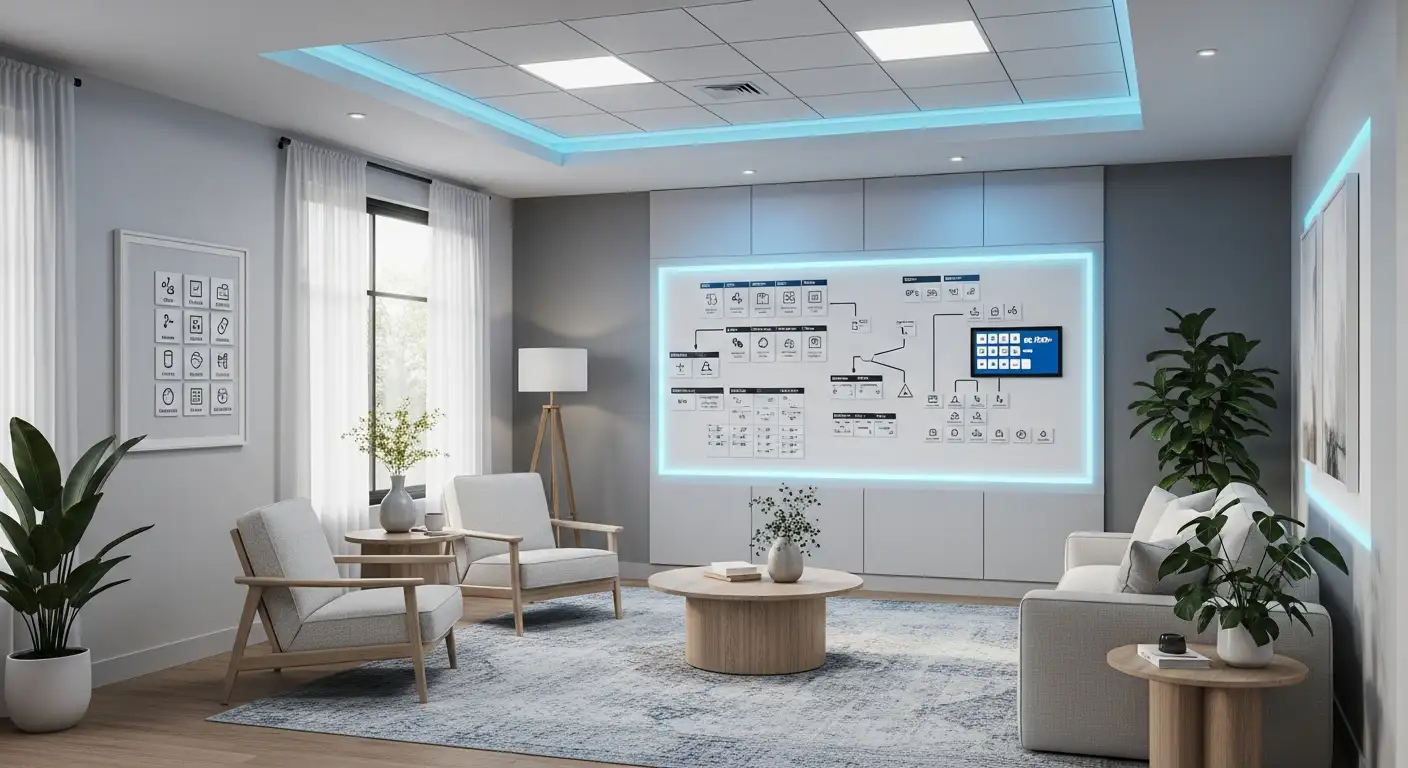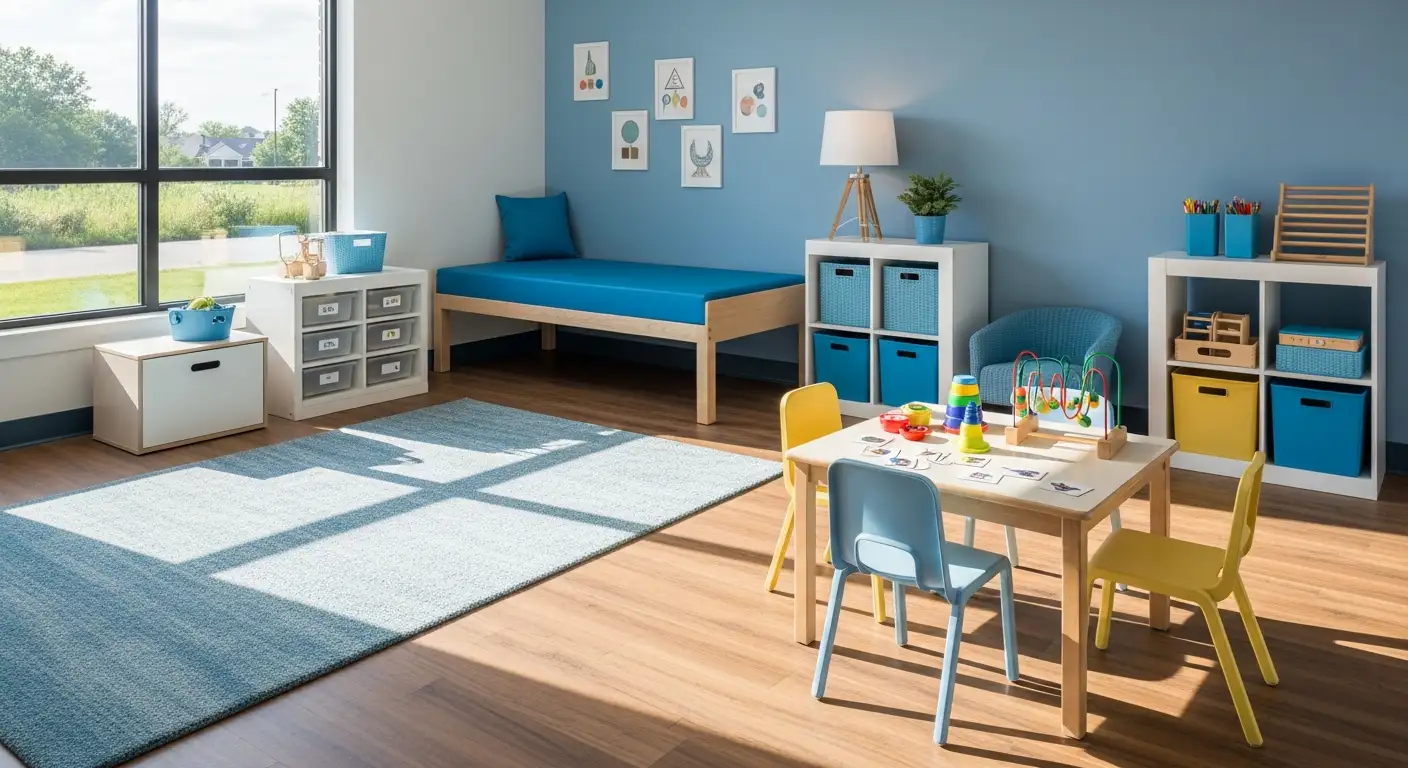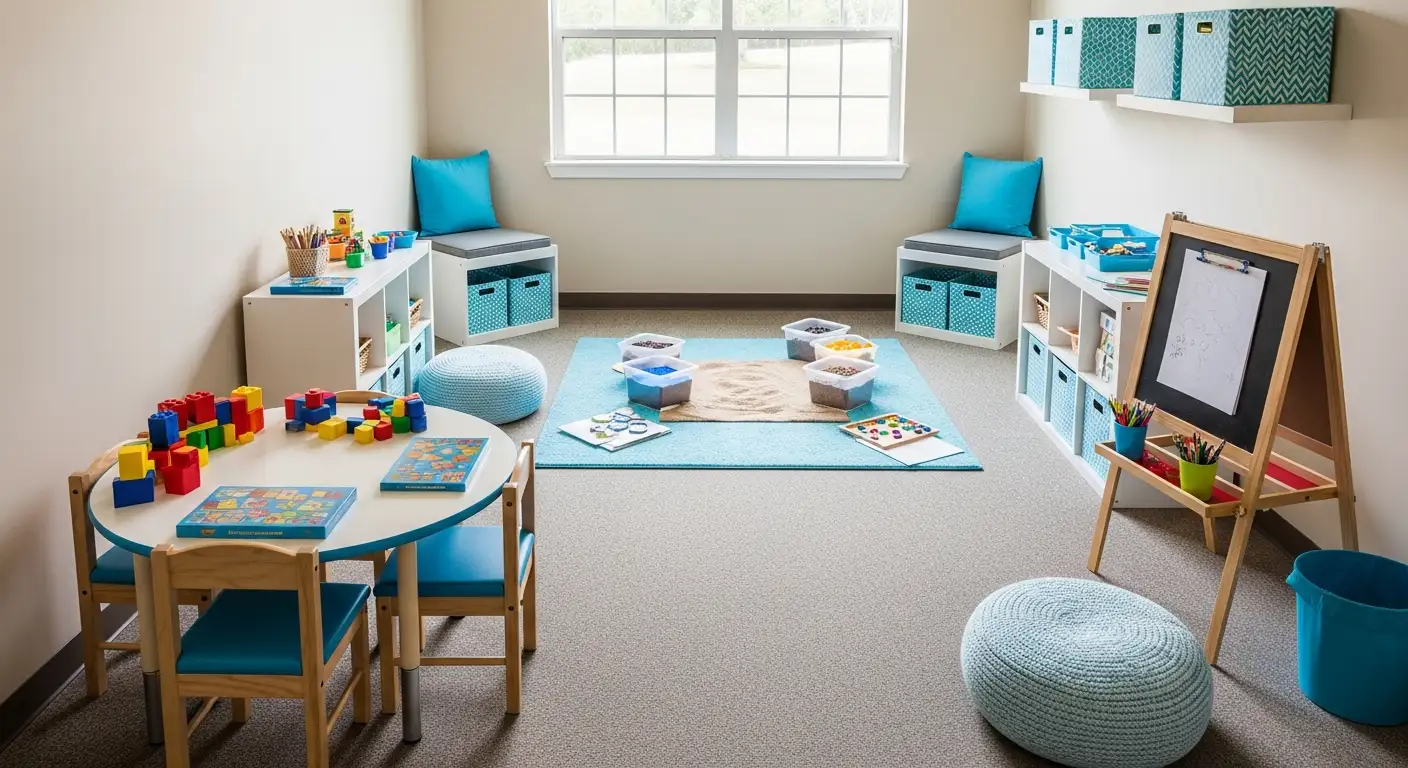The Role of ABA Therapy in Reducing Screen Time and Increasing Engagement

Understanding the Impact of Screen Time on Children with Autism and the Power of ABA Therapy
Excessive use of screens, including mobile devices and television, can negatively influence the development and behavior of children with autism. While the myth of 'virtual autism' persists, scientific research confirms that high screen time corresponds with reduced social interaction, sedentary habits, and decreased engagement in meaningful activities. ABA (Applied Behavior Analysis) therapy emerges as an effective, evidence-based approach to manage these issues, promoting healthier behavior patterns by reducing reliance on screens and fostering active participation.
Enhancing Engagement and Participation through Tailored ABA Techniques

How does ABA therapy improve engagement and active participation in children with autism?
Applied Behavior Analysis (ABA) therapy is a proven approach that significantly boosts engagement and participation among children with autism. It does so by employing personalized and evidence-based techniques designed to teach essential social and communication skills.
One of the primary methods used in ABA is positive reinforcement, which rewards desirable behaviors to encourage children to repeat them. For instance, a child who makes eye contact or initiates interaction may receive praise, a favorite toy, or a preferred activity. This approach motivates children to engage more actively in social situations.
Modeling and role-playing are also integral. Therapists demonstrate appropriate behaviors or social responses and encourage children to imitate them, thereby teaching practical skills in a real-world context.
Assessment and goal-setting are vital steps in ABA. Each child's abilities and challenges are carefully evaluated to develop tailored goals that target specific social, communication, or cognitive deficits. These customized plans are adjusted over time to ensure continuous progress.
By focusing on improving language, understanding emotions, and recognizing social cues, ABA helps children participate more effectively in social and recreational activities. As skills develop, children tend to show increased initiative in interactions, better comprehension of social norms, and greater confidence.
Research indicates that intensive ABA therapy, often several hours weekly over many months or years, leads to notable improvements in language abilities, social skills, and cognition. These gains support children in engaging with peers, family members, and their broader community.
Moreover, ABA emphasizes family involvement and naturalistic settings, such as home environments, which make practicing new skills more natural and meaningful. This approach ensures that children can generalize what they learn during therapy to everyday situations, fostering more enduring and authentic participation.
In summary, ABA therapy’s personalized techniques, combined with family support and naturalistic learning, significantly enhance children with autism's ability to actively participate and engage in various aspects of life, ultimately promoting more independent and fulfilling interactions.
Harnessing Play and Games to Foster Engagement and Learning

How does ABA therapy incorporate games and play-based methods?
ABA (Applied Behavior Analysis) therapy effectively uses games and play-based techniques to engage children with autism naturally. These methods turn learning into enjoyable activities, making it easier for children to participate and absorb new skills.
What types of activities are used?
Play-based ABA approaches include sensory play, structured games, and open-ended materials. Sensory play stimulates the senses and helps with regulation, while structured games can teach specific skills like turn-taking or following rules. Open-ended materials, such as blocks or art supplies, encourage creativity and problem-solving.
How does play promote social skills?
Playing helps children develop social abilities like sharing, taking turns, collaborating, and communicating. Through interactive activities, children learn how to read social cues and respond appropriately. These experiences promote better interactions with peers and family members.
What techniques support learning during play?
Natural Environment Teaching (NET) and incidental teaching are key strategies. They observe what interests the child and incorporate learning opportunities seamlessly into natural activities. For example, a therapist might encourage a child to request a toy they want during play, improving communication skills.
Why is play important in ABA therapy?
Play-based ABA fosters motivation and engagement, making learning enjoyable and meaningful. It creates a relaxed atmosphere where children can practice skills, reduce anxiety, and generalize behaviors from therapy to everyday life. Tailoring activities to individual interests enhances success and promotes social, communication, and sensory skills.
Managing Screen Time Effectively via ABA Strategies

What is the role of ABA therapy in managing and reducing screen time in children with autism?
Applied Behavior Analysis (ABA) therapy is a widely accepted, evidence-based approach to supporting children with autism. It helps manage and decrease excessive screen time by teaching children alternative, more engaging activities that are developmentally appropriate.
ABA therapy involves establishing structured routines and setting clear limits around screen usage. For example, therapists often use visual schedules or social stories to help children understand when and for how long they can use screens. These tools make expectations clear and provide consistent cues to promote adherence.
Positive reinforcement is another vital technique used in ABA. When children participate in offline activities such as reading, imaginative play, or social interactions, they are rewarded with preferred items or praise. This encourages them to value and choose activities that contribute to their development.
Therapists also integrate preferred activities with skill-building exercises. This could involve turning a child's interest in tablets or phones into opportunities for learning new vocabulary, social skills, or daily living tasks. When done under supervision, this approach ensures that screen time is productive and balanced.
In addition to direct intervention, ABA therapists guide families on how to create a supportive environment at home. They emphasize the importance of establishing screen-free zones, like during mealtime or before bed, to promote healthier habits.
Overall, ABA strategies foster a structured, supportive environment that helps children develop a variety of skills, reduces dependence on screens, and promotes better social and communication development.
The Broader Benefits of ABA on Child Development and Wellbeing

What are the benefits of ABA therapy in supporting social, emotional, and behavioral health related to screen time and engagement?
Applied Behavior Analysis (ABA) offers multiple advantages for children, especially concerning their social, emotional, and behavioral health. One of its primary strengths is its focus on teaching essential social skills such as turn-taking, sharing, and understanding social cues. These skills foster healthier interactions with peers and family members, reducing the child's dependence on screens for entertainment or social needs.
ABA also emphasizes emotional regulation by helping children learn to identify, express, and manage their feelings effectively. This can lead to improved emotional wellbeing and a decrease in frustrations or outbursts linked to overstimulation or idle screen time.
Furthermore, ABA encourages independence by promoting positive behaviors and routines for daily activities. This shift from passive screen engagement to active participation aids in developing life skills and reducing problematic behaviors associated with excessive device use. Overall, ABA supports a well-rounded development, balancing online interactions with meaningful offline activities, which benefits a child's overall health and social competence.
For more insights, searching "ABA social emotional benefits children autism" provides extensive research and real-world examples of how ABA improvements extend beyond therapy settings to everyday life.
Long-term Impact of ABA Therapy on Reducing Screen Dependency and Building Interaction Skills

What is the overall impact of ABA therapy on reducing screen dependency and enhancing interaction skills in children with autism?
Applied Behavior Analysis (ABA) therapy plays a significant role in helping children with autism decrease their reliance on screens and improve their social and communication abilities. By creating structured routines that encourage offline activities such as play, reading, and sensory engagement, ABA reduces the temptation and habit of excessive screen time.
Therapists utilize positive reinforcement techniques to reward desired behaviors, helping children develop skills that are essential for social interaction and emotional regulation. This approach not only manages screen time but also integrates preferred activities with meaningful developmental goals.
A vital aspect of ABA therapy involves fostering social skills such as maintaining eye contact, engaging in communicative exchanges, and recognizing emotional cues. These skills are often hindered by excessive screen use, but ABA addresses this by promoting active participation in real-world interactions.
Furthermore, establishing clear boundaries around screen exposure, such as designated screen-free zones and times, supports the development of healthier habits. ABA therapists can guide families in implementing these strategies, ensuring that children practice socially enriching activities consistently.
Overall, ABA therapy effectively reduces screen dependency while simultaneously nurturing social and emotional growth. It empowers children with autism to develop better interaction skills, leading to more meaningful relationships and improved participation in everyday life.
Empowering Children to Lead Engaged, Balanced Lives
ABA therapy serves as a powerful tool in reducing excessive screen time among children with autism, fostering greater engagement and interaction skills. By utilizing personalized, play-based, and environment-focused strategies, ABA helps children develop essential social and emotional competencies. Its comprehensive approach not only limits reliance on screens but also promotes active participation in real-world activities, social interactions, and daily routines. With family involvement and consistent application, ABA paves the way for healthier habits, improved behavior, and meaningful engagement, ultimately empowering children to lead more balanced, fulfilling lives.
References
- Understanding Screen Time and Autism: Separating Facts from Myths
- Benefits of ABA Therapy at Home and What to Expect
- A Guide to Applied Behavior Analysis (Play-Based Approach)
- The Effectiveness of Play-Based Learning for Children with Autism
- How Early Intervention ABA Therapy Uses Play To Teach
- Applied Behavior Analysis (ABA) | Autism Speaks
- Applied Behavior Analysis in Children and Youth with Autism ...
- Applied Behavior Analysis (ABA) | Autism Speaks
Recent articles

How ABA Therapy Encourages Teamwork And Cooperation Skills
Unlocking Social Success: The Role of ABA Therapy in Fostering Teamwork and Cooperation

Teaching Coping Skills For Test Anxiety Through ABA Therapy
Harnessing ABA Therapy to Equip Children with Autism Against Test Anxiety

ABA Therapy For Supporting Flexibility In Changing Schedules
Navigating Change: ABA Therapy as a Lifeline for Flexible Routines

How ABA Therapy Improves Coping During Times Of Transition
Navigating Change with Confidence: The Role of ABA Therapy

How ABA Therapy Improves Morning And Bedtime Routines
Transforming Daily Habits: The Role of ABA Therapy in Structured Routines for Autism

How ABA Therapy Improves Coping With Unstructured Free Time
Enhancing Daily Living: ABA Therapy and Managing Unstructured Time for Children with Autism



